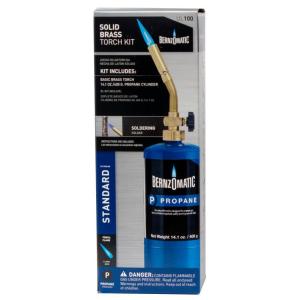Everbody has a different take on this, so I thought I throw out mine.
I'm way to cheap to buy anything, so I built a dimple maker out of 2 sockets and bolt.
Drilled a 1/2" hole with a step bit, pulled the dimple, and ran 3/4 ridged copper pipe through and soldered.
Attach fitting of your choice to pipe.
13mm kobalt 1/2 drive socket makes the dimple
24mm socket, bolt, washers, nut yada yada yada
don't pull it all the way through it will be too loose

I'm a cheap ass so I'd probably stick with my step bit when I do my third keg. The holes became slower to cut when I got closer to the final size I needed for some reason. I'd say the first coupling took about an hour an a half while I was figuring it out as I went and being extra careful. Once I knew what I was doing I flew through the next hole in about half an hour. I haven't read the part about the sockets. I do however think the tapered coupler is a more gradual way to open the steel and ward off any tearing in the metal. I'm not even sure if this is something to be concerned about but whatever. Cheers.
This is a quote of post #1044 on page 105. I thought this was a pretty good idea when cbherrington3 first posted it but no one has commented on it...
And I may be more of a cheap ass than you - if I can avoid blowing the bucks on concentric couplers and still get a good dimple, I'd rather spend that cash elsewhere... How much did you spend on fittings for your dimple tool?
And thanks for the clarification on time - so an hours learning curve up-front and then about a half an hour per joint - not bad!
-fafrd






















































![Craft A Brew - Safale S-04 Dry Yeast - Fermentis - English Ale Dry Yeast - For English and American Ales and Hard Apple Ciders - Ingredients for Home Brewing - Beer Making Supplies - [1 Pack]](https://m.media-amazon.com/images/I/41fVGNh6JfL._SL500_.jpg)








